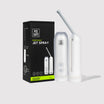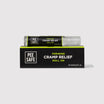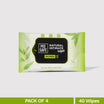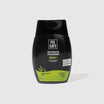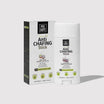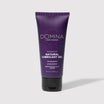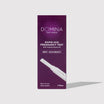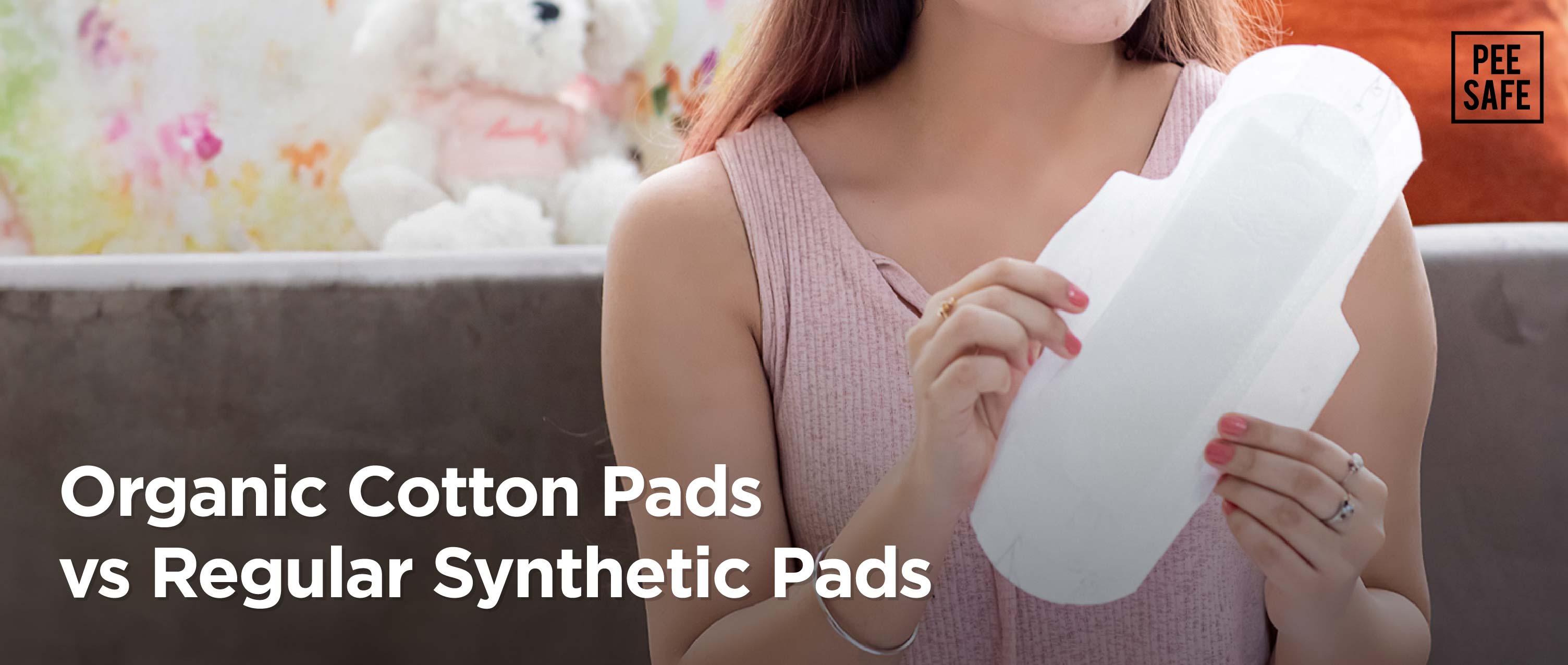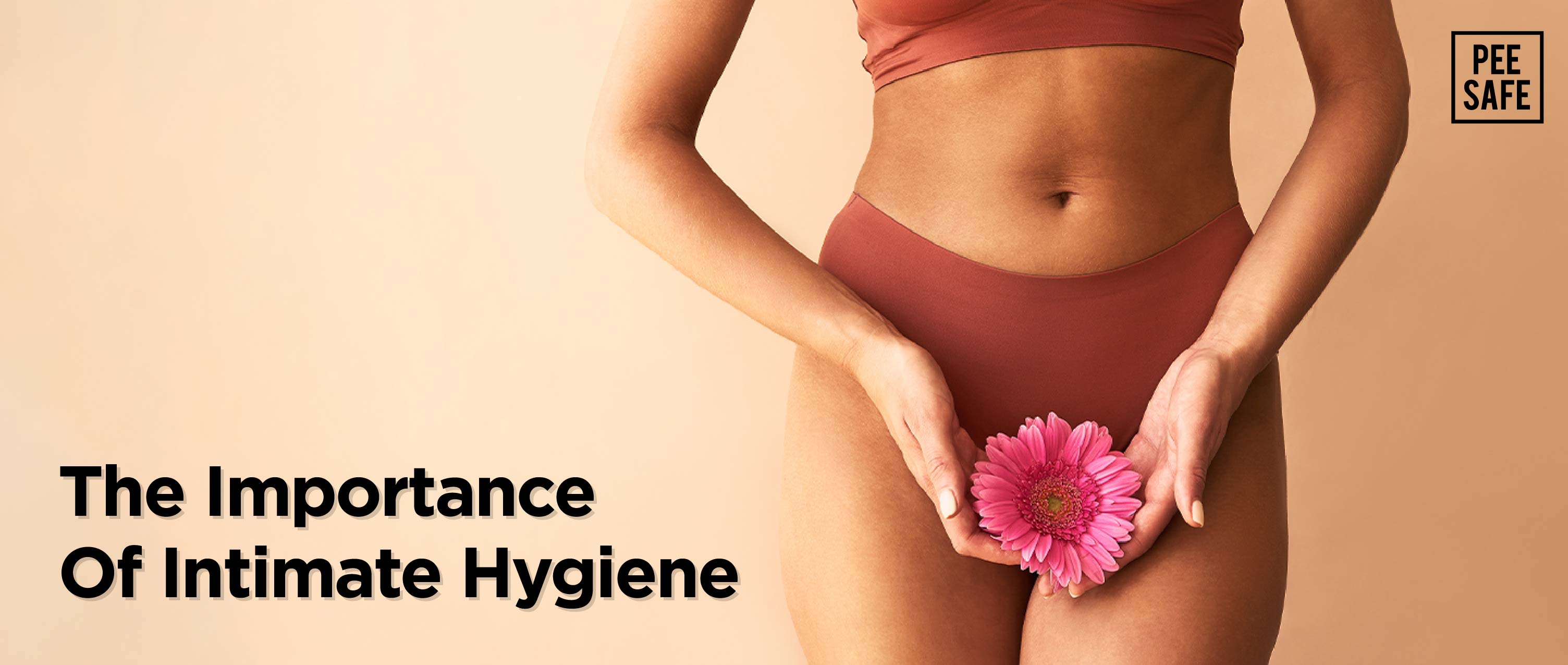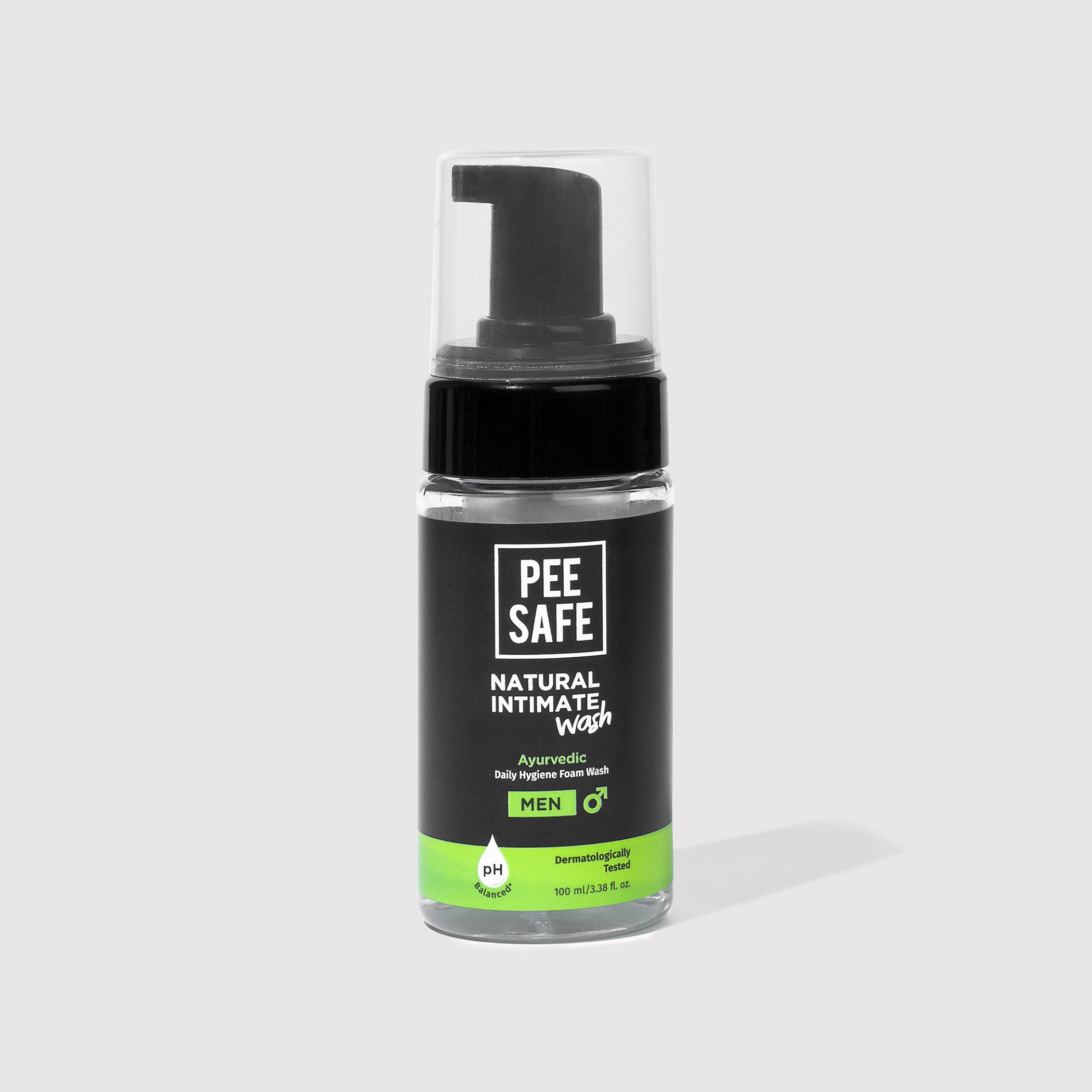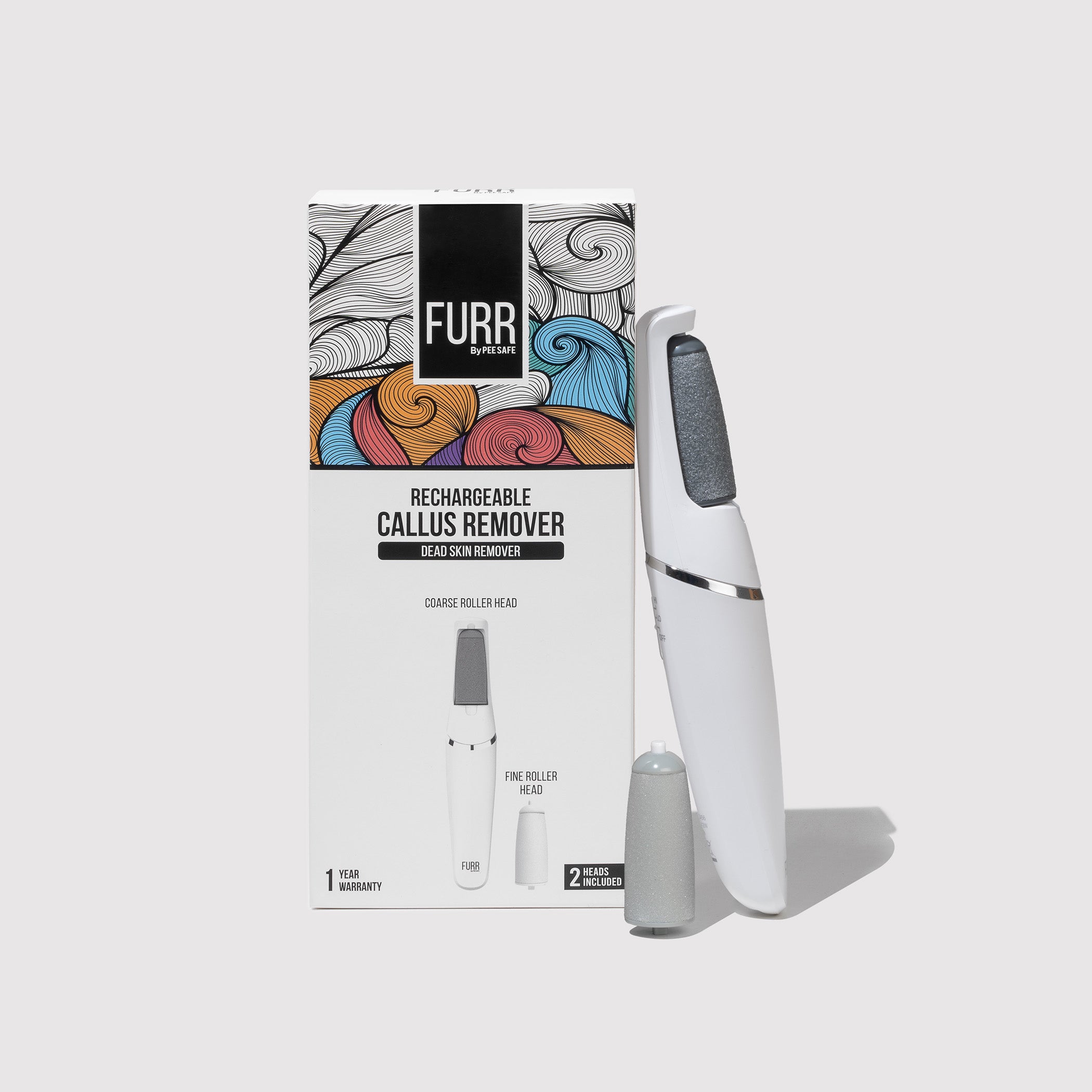Vaginal discharge is a clear, whitish, yellowish, or brownish fluid that comes out of your vagina. It facilitates self-cleaning and lubrication of the vagina and helps to counter bad bacteria.
Vaginal discharge is normal and it changes its color and consistency slightly during various phases of your cycle. However, extreme changes in your discharge may be a sign of underlying infections. It is crucial to keep track of your discharge and understand your body.
While it is common for most menstruators to experience discharge during ovulation and days nearing their periods, some question if discharge after period is normal. Here’s the answer: once your period ends it is still possible to have discharge.
Let us learn more about vaginal discharge after period.
What Causes Vaginal Discharge After Period?
- Old Or Remaining Blood: The blood that remains in the uterine lining post period forms the discharge after period for most people. This can typically cause a brown discharge after period, while this is not a heavy flow like your period you can choose to use aloe vera panty liners.
- Birth Control Pills: Birth control pills typically increase estrogen and progesterone levels in your body which results in an increased vaginal discharge throughout your cycle and its phases.
- Yeast Infection: A yeast infection can also cause an increased vaginal discharge after your period or anytime of the month. It is uncomfortable and leads to the production of thick cheese like discharge.
- Ovulation: Post periods when your body prepares to enter the ovulation phase, it is absolutely normal to experience vaginal discharge as your estrogen level starts to increase.
While discharge is normal and healthy and it can change in consistency and color throughout the month owing to hormonal fluctuations, any abnormal discharge must be observed.
Going about your day to day tasks with discharge might feel wet, damp and uncomfortable. To deal with it you might use panty liners for freshness and dryness. However, you might wonder if you can use panty liners regularly? The answer is yes you can, provided you change your panty liner at regular intervals.
The Hues Of Discharge
- White Discharge: Clear or white discharge after period generally occurs as you enter the ovulation phase. Estrogen levels begin to rise in your body, resulting in white or clear discharge. You must be cautious of the consistency and smell of your discharge and be observant. Healthy discharge typically does not contain any significant smell, if your white discharge is of cheesy and thick consistency with a smell, it is advisable to visit a doctor.
- Yellow Discharge: Yellow discharge after periods is normal as long as it is slightly yellow or has a tinge of it. Such a color is typically linked with change in diet or dietary supplements. Severe yellow discharge again might be signs of underlying infections or diseases and it is recommended to seek medical help.
- Pink Discharge: Pink discharge mostly occurs before period or is accompanied with spotting. You may often notice a pinkish discharge after intercourse or even immediately after your period is over.
- Green And Gray Discharge: Green and gray discharge are simply not signs of a healthy discharge. If you experience any of these discharges it can be signs of bacterial infection. You must see a doctor promptly.
Conclusion
Vaginal discharge before and after your period is normal and can vary in consistency and color because of hormonal fluctuations. However, it is of prime importance to track your discharge in a way that you understand its changes. It is necessary to understand and listen to your body. Abnormal changes in your discharge colour, consistency and smell can be signs of underlying infections which promptly need to be addressed professionally. To know more visit the Pee Safe website.
-
✍️ This article was curated by Manisha Shah




